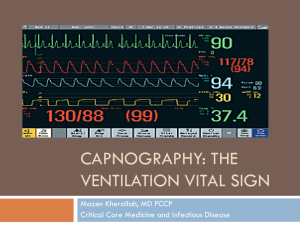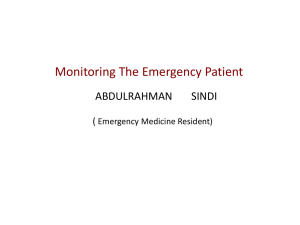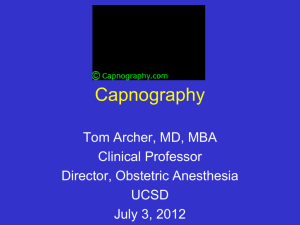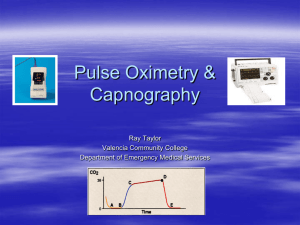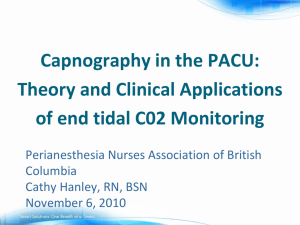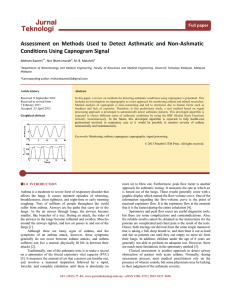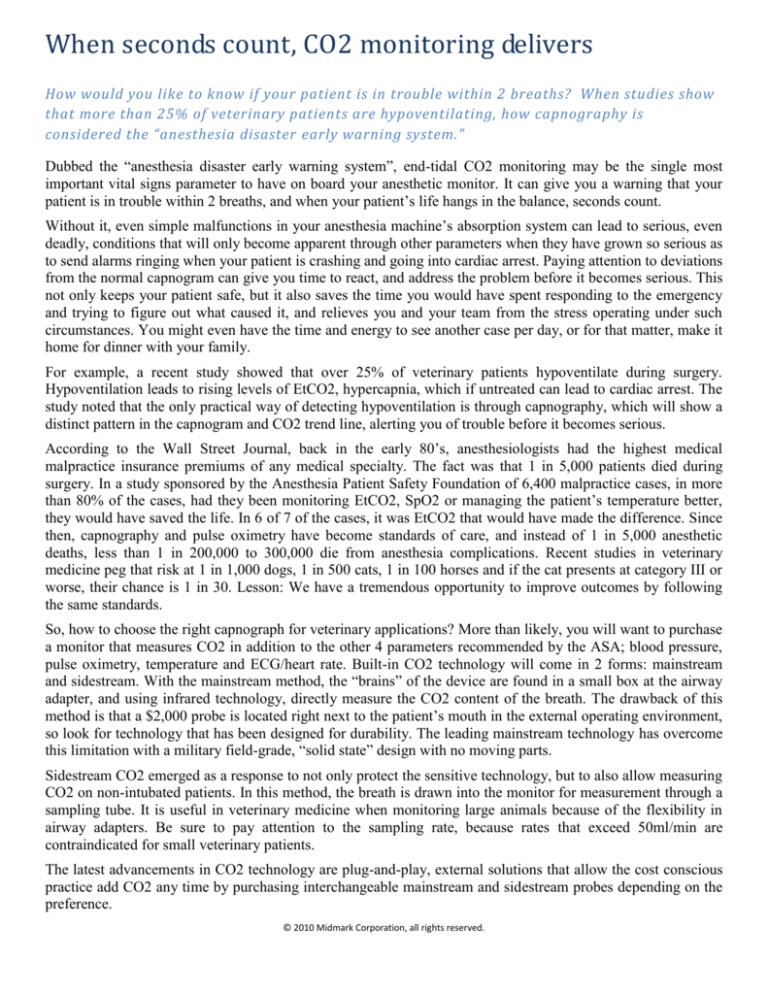
When seconds count, CO2 monitoring delivers
How would you like to know if your patient is in trouble within 2 breaths? When studies show
that more than 25% of veterinary patients are hypoventilating, how capnography is
considered the “anesthesia disaster early warning system.”
Dubbed the “anesthesia disaster early warning system”, end-tidal CO2 monitoring may be the single most
important vital signs parameter to have on board your anesthetic monitor. It can give you a warning that your
patient is in trouble within 2 breaths, and when your patient’s life hangs in the balance, seconds count.
Without it, even simple malfunctions in your anesthesia machine’s absorption system can lead to serious, even
deadly, conditions that will only become apparent through other parameters when they have grown so serious as
to send alarms ringing when your patient is crashing and going into cardiac arrest. Paying attention to deviations
from the normal capnogram can give you time to react, and address the problem before it becomes serious. This
not only keeps your patient safe, but it also saves the time you would have spent responding to the emergency
and trying to figure out what caused it, and relieves you and your team from the stress operating under such
circumstances. You might even have the time and energy to see another case per day, or for that matter, make it
home for dinner with your family.
For example, a recent study showed that over 25% of veterinary patients hypoventilate during surgery.
Hypoventilation leads to rising levels of EtCO2, hypercapnia, which if untreated can lead to cardiac arrest. The
study noted that the only practical way of detecting hypoventilation is through capnography, which will show a
distinct pattern in the capnogram and CO2 trend line, alerting you of trouble before it becomes serious.
According to the Wall Street Journal, back in the early 80’s, anesthesiologists had the highest medical
malpractice insurance premiums of any medical specialty. The fact was that 1 in 5,000 patients died during
surgery. In a study sponsored by the Anesthesia Patient Safety Foundation of 6,400 malpractice cases, in more
than 80% of the cases, had they been monitoring EtCO2, SpO2 or managing the patient’s temperature better,
they would have saved the life. In 6 of 7 of the cases, it was EtCO2 that would have made the difference. Since
then, capnography and pulse oximetry have become standards of care, and instead of 1 in 5,000 anesthetic
deaths, less than 1 in 200,000 to 300,000 die from anesthesia complications. Recent studies in veterinary
medicine peg that risk at 1 in 1,000 dogs, 1 in 500 cats, 1 in 100 horses and if the cat presents at category III or
worse, their chance is 1 in 30. Lesson: We have a tremendous opportunity to improve outcomes by following
the same standards.
So, how to choose the right capnograph for veterinary applications? More than likely, you will want to purchase
a monitor that measures CO2 in addition to the other 4 parameters recommended by the ASA; blood pressure,
pulse oximetry, temperature and ECG/heart rate. Built-in CO2 technology will come in 2 forms: mainstream
and sidestream. With the mainstream method, the “brains” of the device are found in a small box at the airway
adapter, and using infrared technology, directly measure the CO2 content of the breath. The drawback of this
method is that a $2,000 probe is located right next to the patient’s mouth in the external operating environment,
so look for technology that has been designed for durability. The leading mainstream technology has overcome
this limitation with a military field-grade, “solid state” design with no moving parts.
Sidestream CO2 emerged as a response to not only protect the sensitive technology, but to also allow measuring
CO2 on non-intubated patients. In this method, the breath is drawn into the monitor for measurement through a
sampling tube. It is useful in veterinary medicine when monitoring large animals because of the flexibility in
airway adapters. Be sure to pay attention to the sampling rate, because rates that exceed 50ml/min are
contraindicated for small veterinary patients.
The latest advancements in CO2 technology are plug-and-play, external solutions that allow the cost conscious
practice add CO2 any time by purchasing interchangeable mainstream and sidestream probes depending on the
preference.
© 2010 Midmark Corporation, all rights reserved.



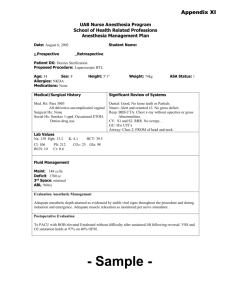



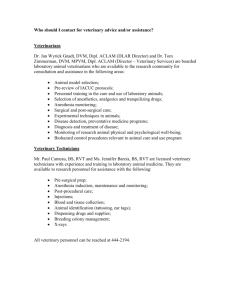


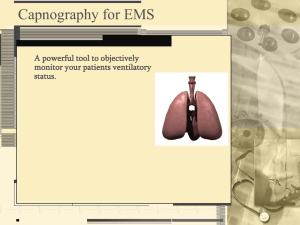
![Basic Final Guide[1] - dan](http://s3.studylib.net/store/data/009547503_1-41d303ca818815348cebf203860b39ba-300x300.png)
